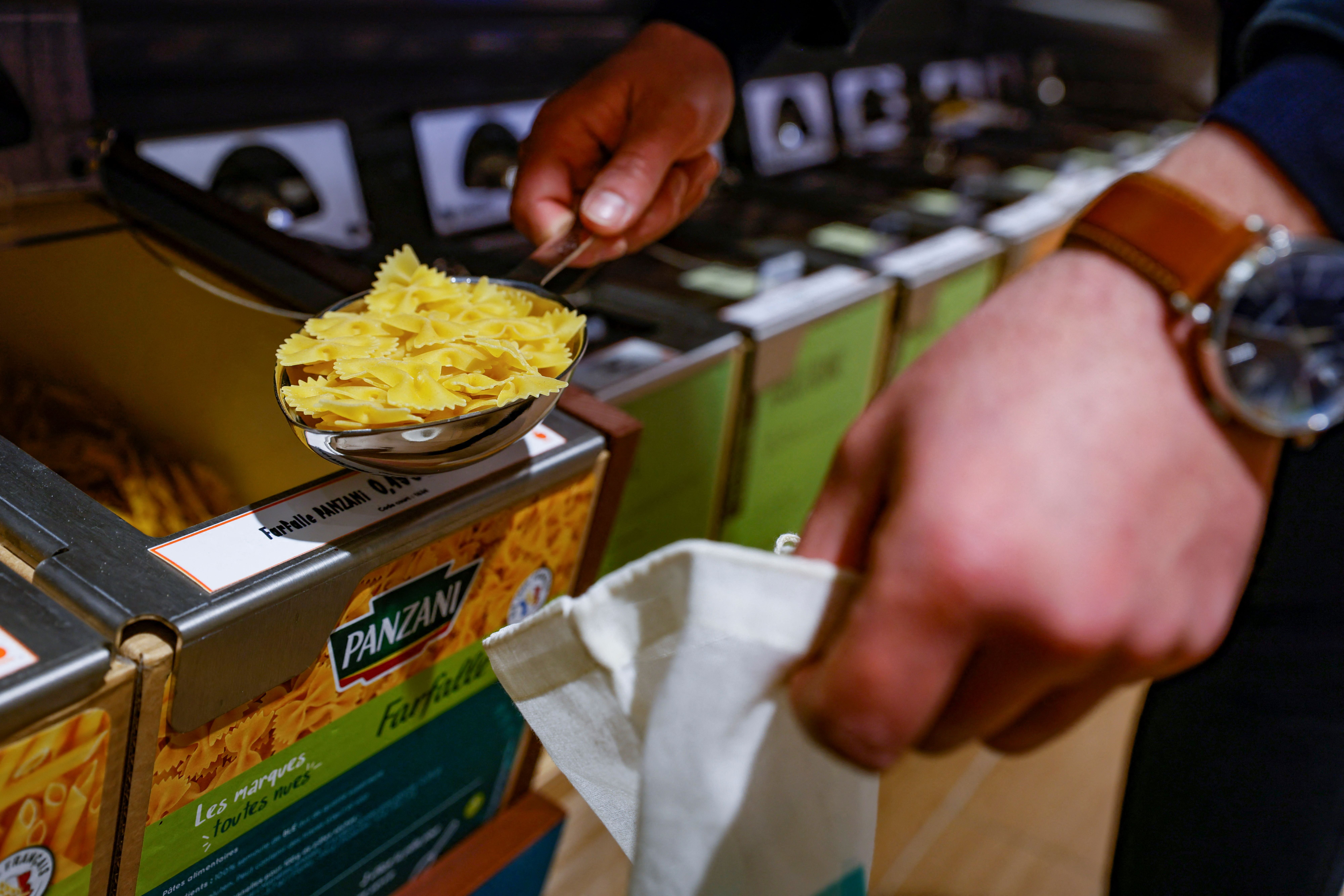Scientists create flat pasta that morphs into 3D shapes on cooking
Innovation could improve storage and transportation of products

Your support helps us to tell the story
From reproductive rights to climate change to Big Tech, The Independent is on the ground when the story is developing. Whether it's investigating the financials of Elon Musk's pro-Trump PAC or producing our latest documentary, 'The A Word', which shines a light on the American women fighting for reproductive rights, we know how important it is to parse out the facts from the messaging.
At such a critical moment in US history, we need reporters on the ground. Your donation allows us to keep sending journalists to speak to both sides of the story.
The Independent is trusted by Americans across the entire political spectrum. And unlike many other quality news outlets, we choose not to lock Americans out of our reporting and analysis with paywalls. We believe quality journalism should be available to everyone, paid for by those who can afford it.
Your support makes all the difference.An interdisciplinary team of scientists specialising in material science, mechanical engineering, and computer-aided fabrication are making a new type of pasta dough that remains flat during storage, but can morph into tubes, spirals, twists, and waves when cooked.
The scientists, including those from the Morphing Matter Lab at the Carnegie Mellon University in the US, believe this pasta innovation can help improve the packaging and transportation efficiency of instant-pasta products that hit the shelves in markets across the world.
According to the researchers, packaging pasta requires large bags and boxes to accommodate the iconic shapes of pastas around the world such as penne, rigatoni, fusilli and rotini.
In the study, published in the journal Science Advances, the scientists describe the mechanism and design principles of how their flat pasta morphs into the familiar shapes when cooked.
They made grooves on flat pasta sheets which increase the time it takes water to cook that area of the pasta.
By carefully planning where and how to place the grooves, the study noted that the shape the pasta forms when it is cooked can be controlled.
“The groove side expands less than the smooth side, leading the pasta to morph into shape,” explained Teng Zhang, an assistant professor at Syracuse University who led the modeling analysis in this project.
They believe flat-packed pasta can help save space while shipping and storing, as well as help reduce packaging waste, but retain the mouthfeel, taste, and appearance of traditional pasta when cooked.
“We were inspired by flat-packed furniture and how it saved space, made storage easier, and reduced the carbon footprint associated with transportation,” said Lining Yao, director of the Morphing Matter Lab.
Such a technique to use grooves to control morphing can be applied to any swellable material, the scientists said, adding that they could also morph silicon sheets for future applications in soft robotics and biomedical devices.
Join our commenting forum
Join thought-provoking conversations, follow other Independent readers and see their replies
Comments